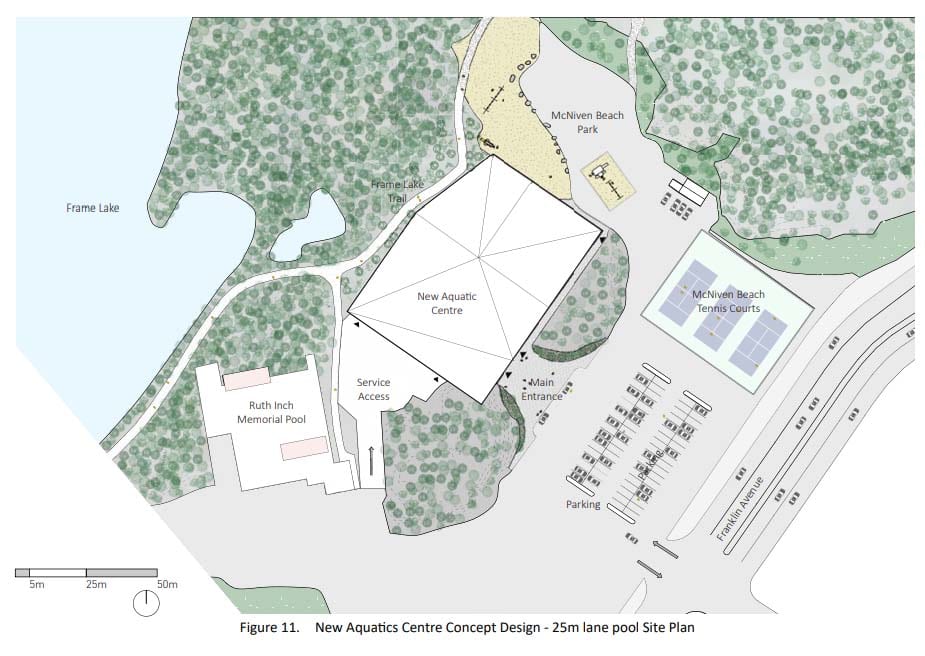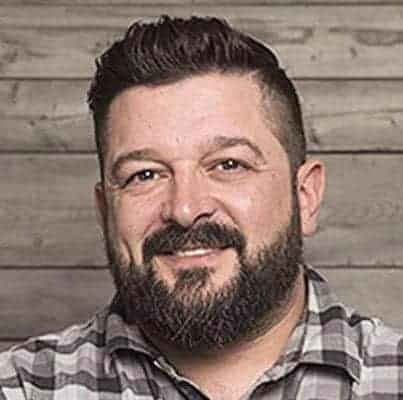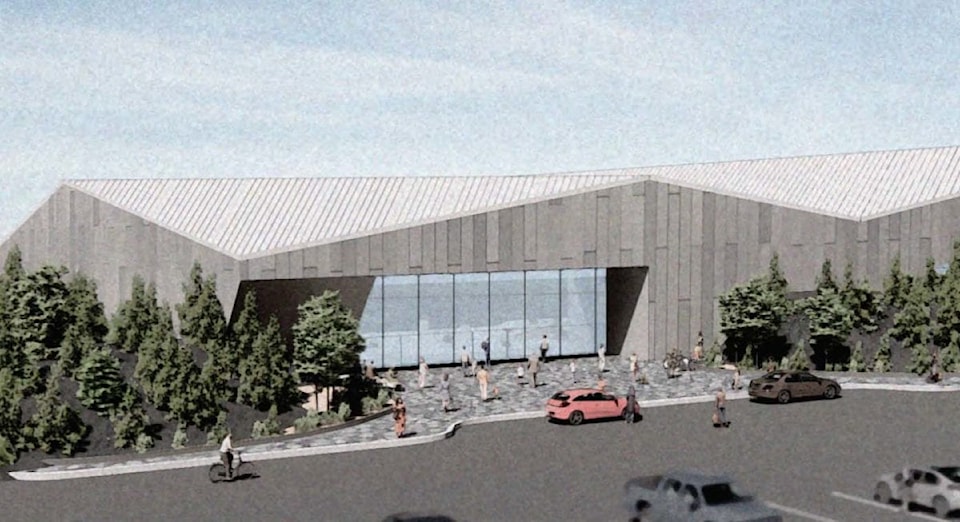City council dipped its toes into discussions surrounding the planned aquatic centre's concept design on Monday, but elected officials won't be asked to make any major decisions on the project until January.
The greatest source of debate during Monday's meeting was over the potential location of the facility.
Melani Korver, architect with Taylor Architecture Group (TAG), presented the concept design document at the governance and priorities committee meeting and laid out the document's options for council to consider in pursuing a 25-metre or 52-metre pool facility.
The presentation followed council's direction to city staff last January to examine the potential for a 25-metre pool in addition to information gathered from the 2018 pre-design plan and public consultations this year.

Image sourced from the Nov. 16 governance and priorities committee package
The pool is not expected to be built until November 2023 and will be subject to a referendum to borrow the required money next October.
The federal government is guaranteeing a contribution of $12.9 million. Depending on the size of the pool that council approves, the city will seek to borrow between $38.2 million to $49.8 million.
The concept design document, which is available in the Nov. 16 City of Yellowknife's governance and priorities committee meeting package, provides four options for the pool that include a 25-metre six-lane pool, a 25-metre eight-lane pool, a 52-metre six-lane pool and a 52-metre eight-lane pool.
Consultants TAG/MJMA recommend proceeding with eight lanes "for either a 25m- or 52m-length pool," according to the executive summary.
The location for a new facility also being recommended at the old mini golf location adjacent to the current Ruth Inch Memorial Pool (RIMP).
"Based on the site comparison undertaken by Taylor Architecture group and described below, TAG strongly recommends that the existing RIMP site is selected for the new aquatics centre in Yellowknife," states the report. "This site encompasses lower financial risk to the city in terms of foundation costs, and greater opportunities in terms of complementary amenities and accessibility to the public."
The concept design report also provides results from September public consultations that included three in-person events and a four-question survey.
The survey, which reflects input from 427 respondents, shows a majority of support for a 52-metre pool option and a list of priorities for amenities and features that a new pool should have, such as a waterslide.
Councillors are not expected to choose their final preference until city staff presents a memorandum in January. From there, bridging documents will be drafted for the spring and a design/builder will be chosen in the summer, followed by the referendum next fall.
If residents approve the borrowing of money, construction is expected to take place in November 2023.
Council discussed several aspects of the document on Monday, including whether a 25-metre or 52-metre option would better meet ever-growing programming demand by residents, the extent to which the project will be cost and energy efficient, whether a $1.4-million waterslide ought to be included, what the old RIMP building could be used for and whether the recommended location is, in fact, the optimal one.
Multiplex/Fieldhouse or Ruth Inch?
Councillors Niels Konge and Steve Payne showed interest in creating a "mega-structure" by building the aqua centre between the Multiplex and Fieldhouse, despite recommendations in the report of building it by RIMP.
In October, during a presentation about the city's goals for climate emissions reductions, Konge said that council should "accept nothing other than a building between the Fieldhouse and the Multiplex" because of shared exterior walls.
He reiterated that point Monday.
"Every time we talk about the design of this thing we keep getting told we can't make a mega-facility between the multiplex and the Fieldhouse (and that) it won't work," Konge said, adding that efficiencies could be found with fewer facility managers and other positions required, as well as centralizing canteen services.
"It would be so much more efficient and I think that we could get a facility in there. If it is really about (operations and maintenance) costs, that would be the most efficient place for the city to build a pool," he asserted.
Konge had at least one ally in Payne.

NNSL file photo
"I'm in full agreement with Coun. Konge on looking into much deeper (at) the Fieldhouse/Multiplex area," he said. "It seems like, you know, we want to get on board with environmentally friendly and energy-efficient buildings. It makes more sense to have less walls being exposed and this will not only improve the efficiency of the pool, but the Multiplex area."
But city staff and the consultants said it isn't so simple.
Senior administrative officer Sheila Bassi-Kellett said there's a sewage main that runs through the property, which makes the proposal difficult.
Simon Taylor, architect with TAG, added that creating a mega-facility is challenging because neither the Multiplex nor the Fieldhouse is designed to share exterior walls with an attached building.
The two existing buildings would have to be redesigned to allow for snow runoff in other directions and while it's doable, it would be something that council should "consider carefully," Taylor advised.
"They're both pre-engineered facilities, both with a very low sloped roof that lead towards the current parking area that is between the two," Taylor said. "So any new facility that you would consider placing in-between there, you are essentially building a brand new building.
"You would have to build exterior walls that would meet up to adjacent walls because they are pre-engineered buildings and are not designed to accommodate a new structure attached to them."
